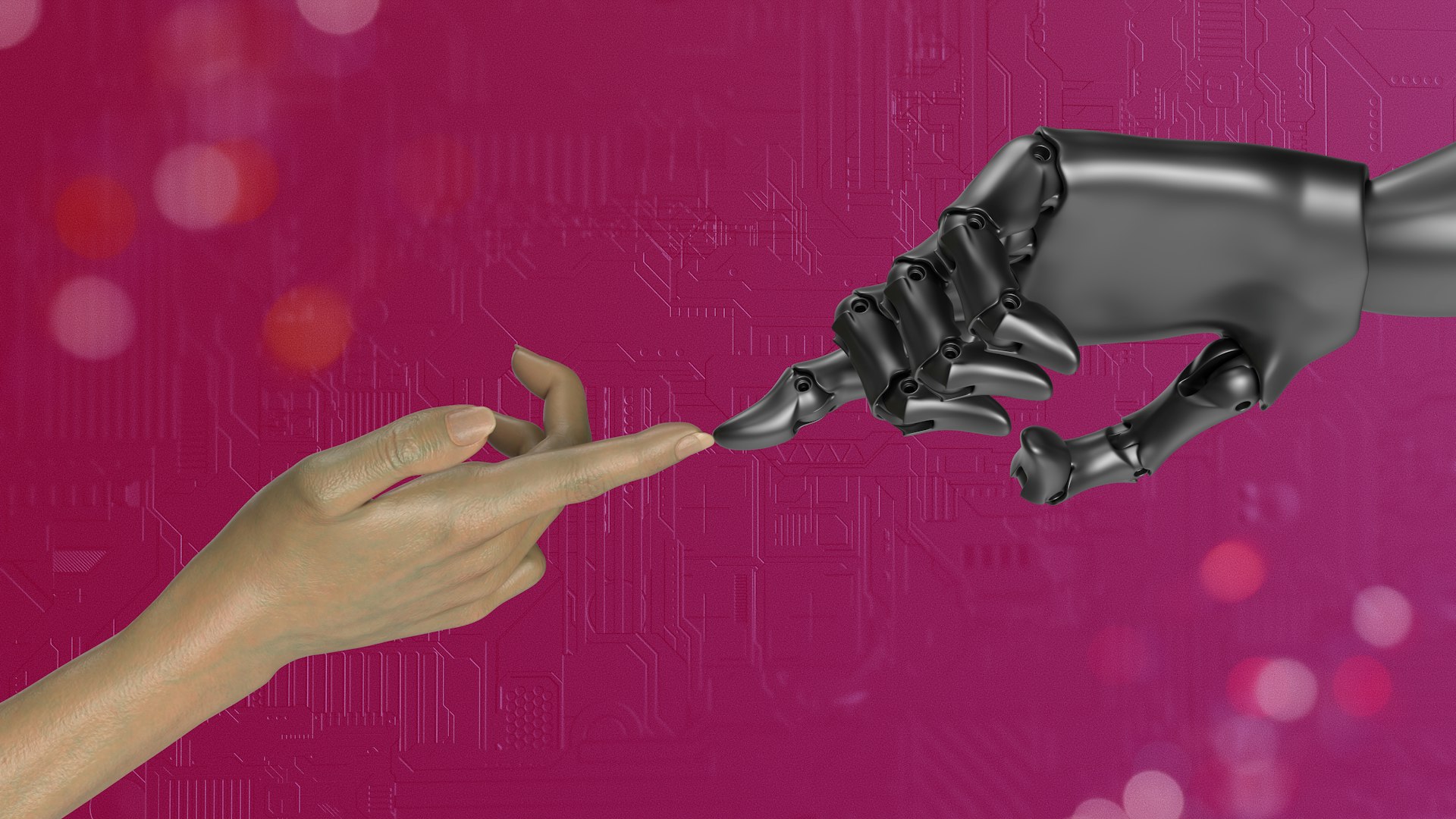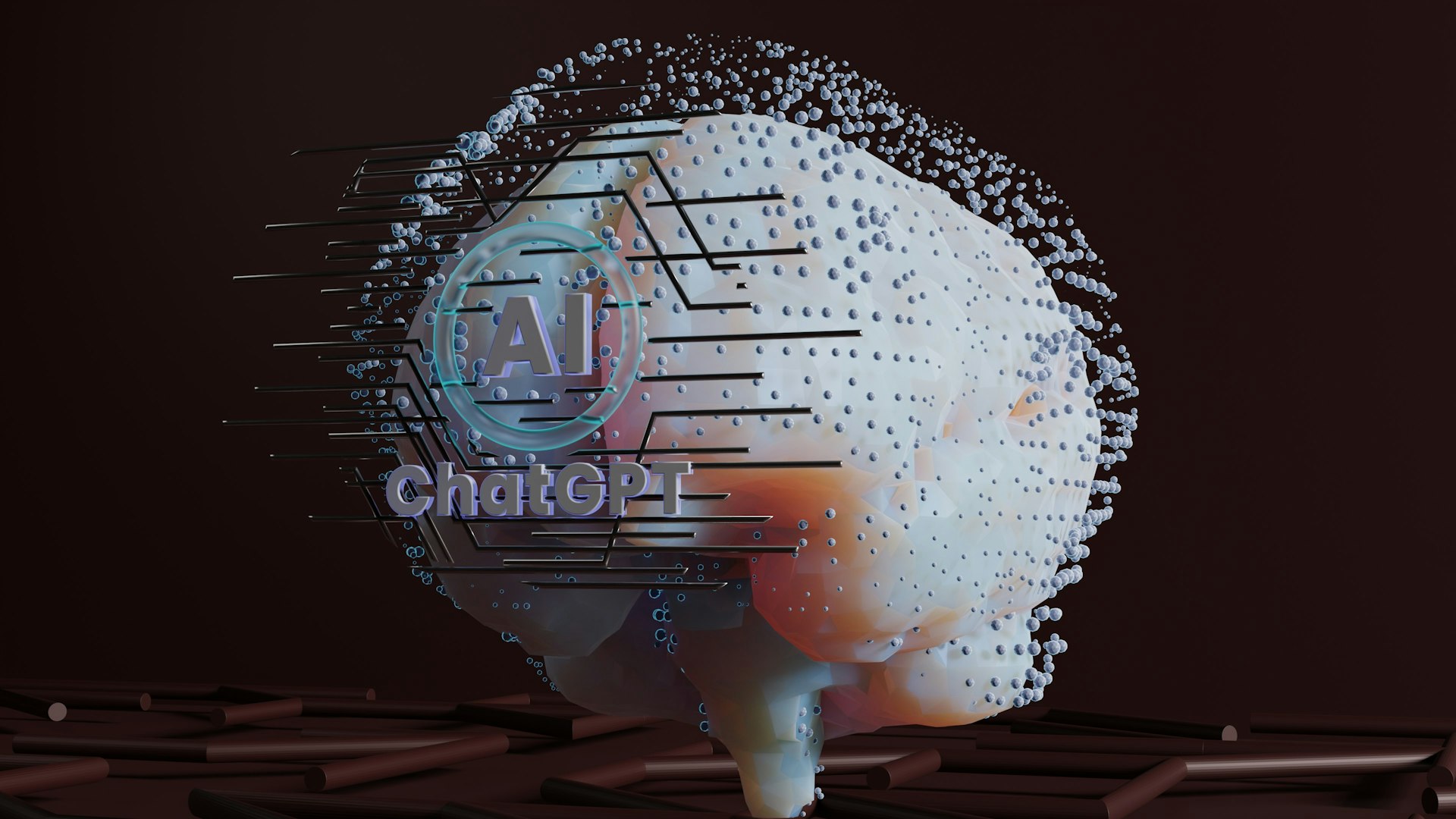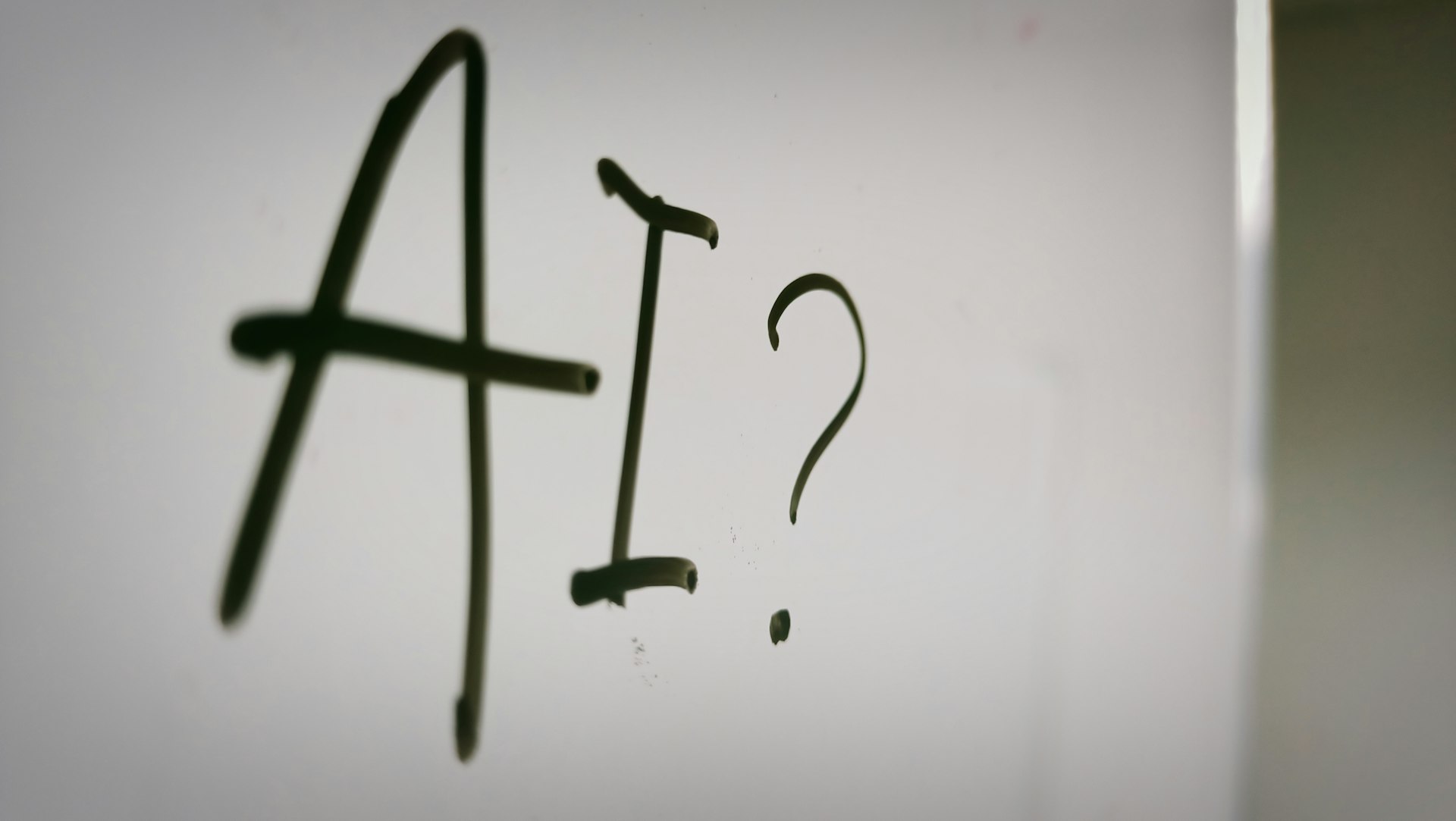What We Expect from AI
Artificial Intelligence (AI) has been the talk of the town for a while now. People imagine robots that can think, create art, or even drive cars all by themselves. The buzz is loud, and expectations are sky-high. We picture AI as our personal assistants, handling tasks faster and smarter than any human could. Who wouldn’t want a system that understands their needs, predicts their choices, and simplifies life?
Imagine waking up, and your coffee is brewed just the way you like it. Your schedule is perfectly organized, and reminders pop up before you even think of them. Sounds great, right? That’s the dream many have about AI.

The Reality of AI Today
Now, let's take a breath and look at what AI can actually do. Sure, AI has made huge advancements, but it’s not quite the magic wand we fantasize about. Most AI tools focus on specific tasks. They’re like a smart calculator—great at math but not much else.
For example, voice assistants can play music or set reminders, but they often misunderstand commands or miss context. You might ask, "Play the latest songs," and it plays something from last year. Frustrating, isn’t it? This shows how much room for improvement exists.

The Limits of AI Technology
AI technology isn't all-knowing. It can't understand emotions or the nuance of human interaction. When discussing sensitive topics, an AI may miss the mark, leading to awkward or downright wrong responses. Think of it this way: if a human friend offers advice, they can pick up on your tone and mood, while AI sticks to programmed guidelines. This limitation raises questions about trust and effectiveness.
Moreover, AI relies on data. If it’s fed biased or incorrect information, it might produce results that are off-base. It’s like giving a student a wrong textbook and expecting them to ace an exam. The reliance on data also means that AI lacks creativity. Sure, it can generate music or art, but is it truly innovative, or just a remix of what it’s seen before?

Can AI Meet Our Expectations?
The big question is whether AI can live up to the high hopes people have. Some areas show promise, such as healthcare and finance, where AI helps analyze data and predict trends. It may catch things a human might miss, but it’s still a tool, not a replacement. In these cases, user guidance is essential. Imagine an artist using a paintbrush. The brush is just a tool; it’s the artist who creates the masterpiece.
In everyday life, AI can help streamline tasks but won’t solve personal problems. It cannot replace the human touch in relationships, education, or empathy. So, while AI can provide some support, it’s not a one-size-fits-all solution.

Wrapping It Up
AI has its strengths and weaknesses, just like any tool. Our expectations often soar higher than its current capabilities. Although AI can assist in many areas, it can’t fully replace the human experience. Remember, it’s here to help but not to take over.
In the end, the truth about AI is simple. It’s a powerful assistant, but we need to keep our feet on the ground about what it can actually do. AI can deliver some impressive results, but it's not a magic solution. Just like any tool, it needs the right hands to make the best use of it.